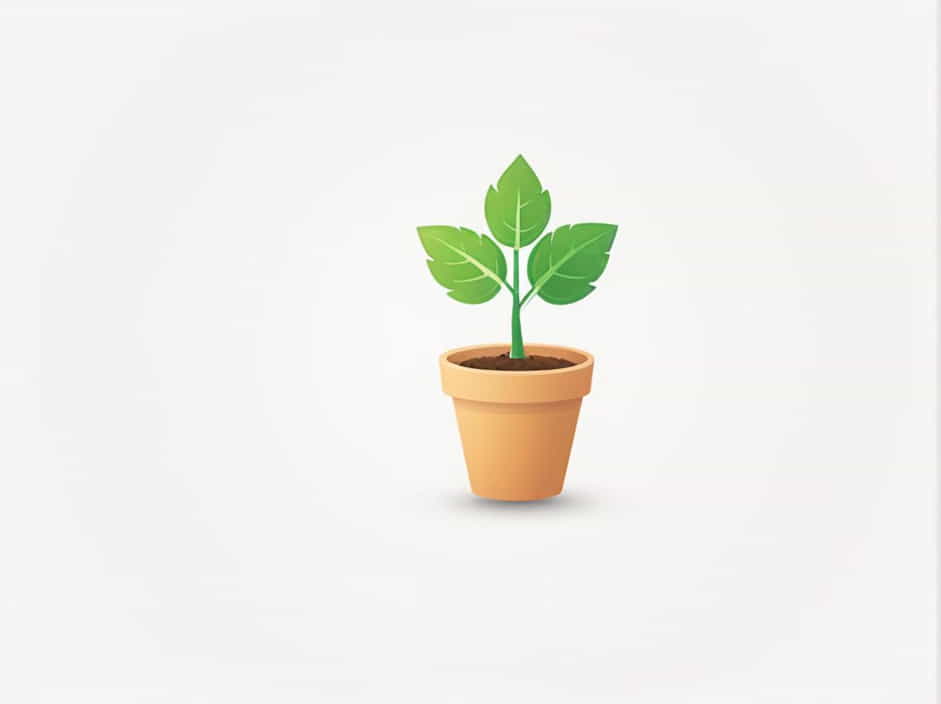Photosynthesis is the process by which plants produce their own food using sunlight, water, and carbon dioxide. This process is essential for plant growth and survival, as well as for maintaining oxygen levels in the atmosphere. But what kind of energy do plants need for photosynthesis?
This topic explores the type of energy required for photosynthesis, how it is absorbed, and why it is crucial for plant life.
1. The Role of Energy in Photosynthesis
What Type of Energy Do Plants Need?
Plants need light energy to perform photosynthesis. This energy comes primarily from the sun and is captured by chlorophyll, a green pigment found in plant cells. The light energy is then converted into chemical energy, which plants use to create glucose (a form of sugar).
Why Is Light Energy Essential?
Without light energy, plants cannot produce the glucose needed for growth and survival. This means that without sunlight, plants would not be able to sustain themselves or produce oxygen for other living organisms.
2. How Plants Absorb Light Energy
Chlorophyll: The Light-Absorbing Pigment
Chlorophyll is the key pigment responsible for absorbing sunlight. It is found inside the chloroplasts of plant cells and gives plants their green color.
✔ Absorbs: Blue and red light best.
✔ Reflects: Green light, which is why plants appear green.
Other Pigments That Help in Light Absorption
Besides chlorophyll, plants also contain other pigments that assist in absorbing light:
- Carotenoids (orange and yellow pigments) – Help absorb blue light.
- Xanthophylls (yellow pigments) – Protect plants from excess light.
These pigments work together to ensure that the plant absorbs as much useful light as possible.
3. The Process of Converting Light Energy
Photosynthesis occurs in two main stages:
1. Light-Dependent Reactions
✔ Location: Occurs in the thylakoid membranes of chloroplasts.
✔ Energy Source: Direct sunlight.
✔ Process: Sunlight excites electrons in chlorophyll, which helps produce ATP (adenosine triphosphate) and NADPH (nicotinamide adenine dinucleotide phosphate) – two energy-carrying molecules.
✔ Byproduct: Oxygen is released into the atmosphere.
2. Light-Independent Reactions (Calvin Cycle)
✔ Location: Takes place in the stroma of chloroplasts.
✔ Energy Source: ATP and NADPH from the light-dependent reactions.
✔ Process: Carbon dioxide is used to create glucose, which stores energy for the plant.
This means that sunlight is the initial energy source that fuels the entire process of photosynthesis.
4. How Different Light Colors Affect Photosynthesis
Which Light Is Most Effective?
Not all light wavelengths are equally effective for photosynthesis.
✔ Red Light (600-700 nm): The most efficient for promoting plant growth.
✔ Blue Light (400-500 nm): Important for leaf and stem development.
✔ Green Light (500-600 nm): Least effective, as most is reflected.
Artificial Light and Photosynthesis
If plants do not receive enough sunlight, artificial lights can be used as substitutes. LED grow lights, for example, provide specific wavelengths that mimic natural sunlight.
✔ Best Artificial Light Colors: Red and blue.
✔ Not Ideal: Regular white bulbs, as they contain too much green light.
5. Environmental Factors Affecting Light Absorption
Several external factors influence how well plants can use light energy for photosynthesis:
1. Light Intensity
✔ Higher Light Intensity: Increases photosynthesis rate up to a certain point.
✔ Too Much Light: Can damage chlorophyll and slow growth.
2. Duration of Light Exposure
✔ More Hours of Light: Boosts plant energy production.
✔ Too Little Light: Leads to slow growth and weak plants.
3. Light Quality
✔ Natural Sunlight: Best for photosynthesis.
✔ Filtered or Shaded Light: Reduces energy absorption.
6. What Happens If a Plant Does Not Get Enough Light?
When a plant does not receive sufficient light energy, its ability to photosynthesize is reduced. This leads to:
✔ Slow growth – Less glucose is produced for energy.
✔ Yellowing leaves – A sign of reduced chlorophyll production.
✔ Weak stems – The plant stretches toward the light.
✔ Reduced oxygen output – Less oxygen is released into the air.
In extreme cases, prolonged lack of light can cause the plant to wilt and die.
7. Do Plants Need Any Other Forms of Energy?
While light energy is the main requirement for photosynthesis, plants also need:
✔ Chemical Energy (ATP & NADPH) – Created during light-dependent reactions.
✔ Heat Energy – Helps regulate enzyme activity in photosynthesis.
However, without light energy, these other forms of energy are not enough to sustain photosynthesis.
Light energy is the primary force that drives photosynthesis, allowing plants to create food and oxygen. Sunlight, absorbed by chlorophyll and other pigments, is converted into chemical energy, which fuels plant growth and development.
For optimal photosynthesis, plants need:
✅ The right light intensity – Not too much or too little.
✅ The right light color – Red and blue wavelengths work best.
✅ Consistent light exposure – To maintain energy production.
Understanding how light energy works in photosynthesis can help gardeners, farmers, and researchers improve plant growth and crop yields.
